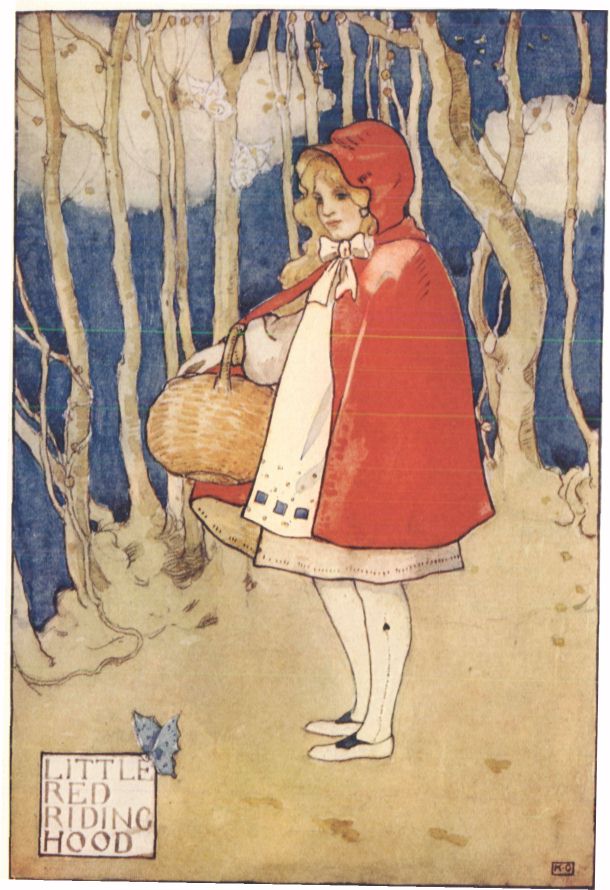 |
| Source. |
She married Philip, Prince of Spain on 25 July 1554 and soon rumors started about her pregnancy. She was 37 years old at the time and her husband was ten years her junior.
Unfortunately, there was no pregnancy although Queen Mary showed many of the symptoms: she stopped menstruating, had nausea, and gained weight. It is supposed to have been a phantom pregnancy where all the clinical symptoms associated with pregnancy appear due to cortical, hypothalamic, endocrine or psychogenic factors. Other historians believed that she had fibroid tumors, but the doctors at that time had no knowledge of this.
It seems that after this pregnancy her husband became reluctant to show affection to her and that might have caused her being so bitter and furious in her punishment of heretics.
She executed approximately 300 Protestants in a manner that was seen as cruel even in those times, burning at the stake.
An example of Mary’s cruelty is shown by her reaction to John Hooper’s (the Bishop of Worcester) execution; his executioner used green wood to burn him at the stake, making Hooper suffer for an hour before dying. When Mary heard the news about his extreme suffering she said that it must have been God’s will.
Sources say that she also burned a pregnant woman at the stake and it seems that she gave birth during her execution, but it’s unlikely to have happened.
Either on the 17th or the 27th July she was condemned as a heretic, and burnt at the stake. She was strangled beforehand but the rope broke. Whilst on the stake she gave birth to a boy and one eyewitness (a ‘W. House’) initially saved the baby but the bailiff, Helier Gosselin, insisted that it too should die. As a consequence the infant was thrust into the flames.
She also executed the 9 days Queen, Lady Jane Grey and her husband. The following is a description of their death:
His [Guildford's] carcase thrown into a cart, and his head in a cloth, he was brought to the chapel within the Tower, where the Lady Jane, whose lodging was in Partidge's house, did see his dead carcase taken out of the cart, as well as she did see him before alive on going to his death - a sight to her no less than death. By this time was there a scaffold made upon the green over against the White Tower
[…]
The hangman went to her to help her therewith; then she desired him to let her alone, and also with her other attire and neckercher, giving to her a fair handkercher to knit about her eyes.
Then the hangman kneeled down, and asked her forgiveness, whom she gave most willingly. Then he willed her to stand upon the straw: which doing, she saw the block. Then she said, 'I pray you dispatch me quickly.' Then she kneeled down, saying, 'Will you take it off before I lay me down?' and the hangman answered her, 'No, madame.' She tied the kercher about her eyes; then feeling for the block said, 'What shall I do? Where is it?' One of the standers-by guiding her thereto, she laid her head down upon the block, and stretched forth her body and said: 'Lord, into thy hands I commend my spirit!' And so she ended.
At the age of 42, Mary became convinced again that she was pregnant. She wasn't, and after her pregnancy began “fading” she got sick. She died of influenza and made Elizabeth
Historians say that Mary showed signs of endocrine problems since she had some menstrual problems and a fragile health when she was young. Before judging Mary we should remember her past: her parents divorced, she lost her princess status at a very young age, she was not allowed to see her mother even when the latter died, she was obliged by her father to be the maid of his mistress’ child, and her only comfort was her catholic religion. There is no doubt that her troubled childhood and the stress she had to suffer influenced her personality and behavior as a queen.
Sources:
More about her pregnancy here. http://mary-tudor.blogspot.com/2010/05/queen-marys-big-belly-phantom-pregnancy.html




